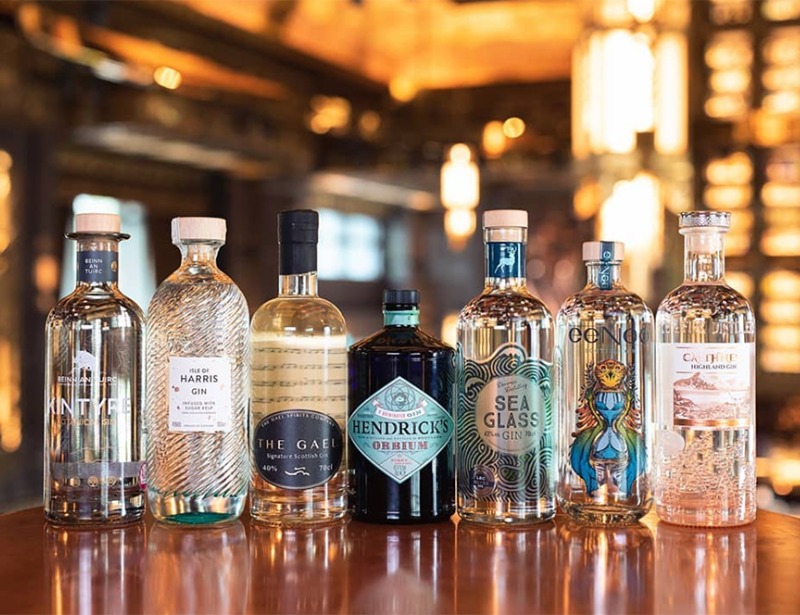
Gin goes by many monikers — ladies delight, mother’s milk, madam Geneva, cuckold’s comfort and so on. But as history has demonstrated, this elusive spirit holds more secrets to it than just being a fancy spirit tailored for the upperclassmen to be sipped in elegant martini glasses. Did you know that gin was historically invented to heal gut problems? Indeed, gin was used as a form of medicine before people started drinking it for pleasure.
What is Gin?
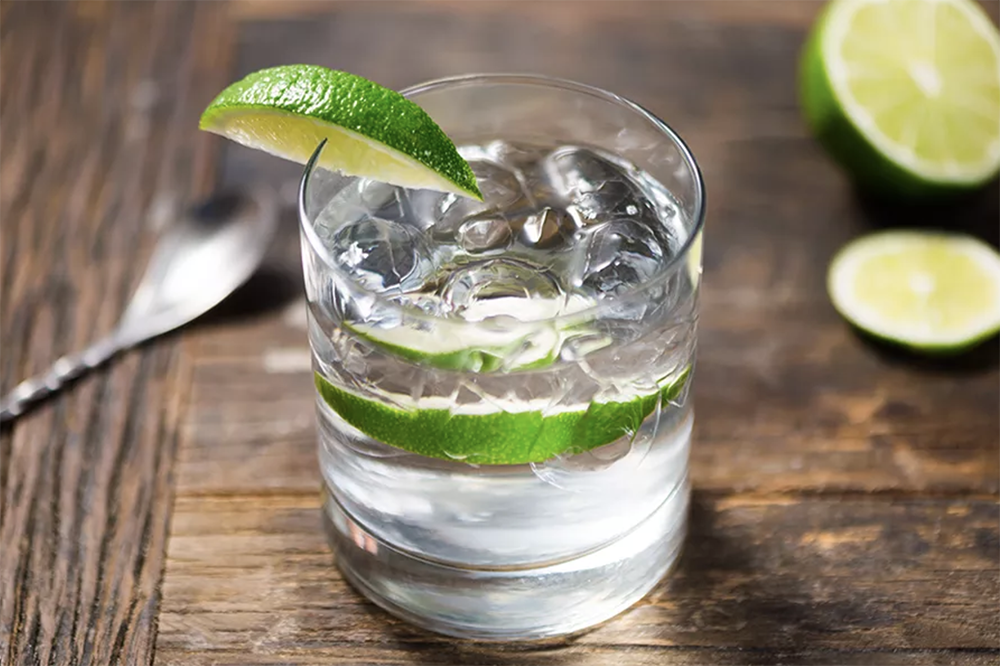
Gin is a neutral grain spirit that is re-distilled along with a mixture of botanicals (juniper berries being a crucial ingredient). There isn’t a prescribed ratio of how much juniper berries must go into the manufacturing of gin, all it says is that the flavour of juniper has to be present. That being said, there’s a wide, virtually unlimited spectrum of gin styles out there to be appreciated.
Types of Gin:
There are four main styles of Gin—London Dry Gin, Compound Gin, Dutch Genever (the original) and Old Tom.
London Dry Gin: By far, the most popular gin. And no, it doesn’t have to be made in London to qualify for its title. Instead, this style of gin is defined by how it derives its juniper flavour through re-distilling various types of botanical elements with grain-based alcohol. Here’s the kicker though, unlike regular distilled gin, nothing can be added after the re-distillation process.
Genever (or Jenever): A clear, botanically rich, malted grain-based spirit that can only be made in Holland or Belgium. It’s a blend of two or more distillates, typically a whiskey-like triple distillate made of either corn, malted barley or rye along with a juniper-infused distillate. Flavour-wise, many describe it as a cross between whisky and gin.
Old Tom Gin: A sub-style of London Dry Gin. It’s characterised by the addition of sugar in the re-distillation process that makes them sweeter than a regular London Dry.
Compound Gin: In contrast to London Dry Gin, it derives its flavour from essences that are added to neutral grain spirits, with no re-distillation. Said to be the beverage of choice among the working class, making of compound gins are figuratively easier to concoct since the re-distillation process is factored out. A popular rendition of this classic style is Hendricks gin, a premium gin characterised by its nuanced rose and cucumber essences.
Gin was Developed to Treat Stomach Ailments
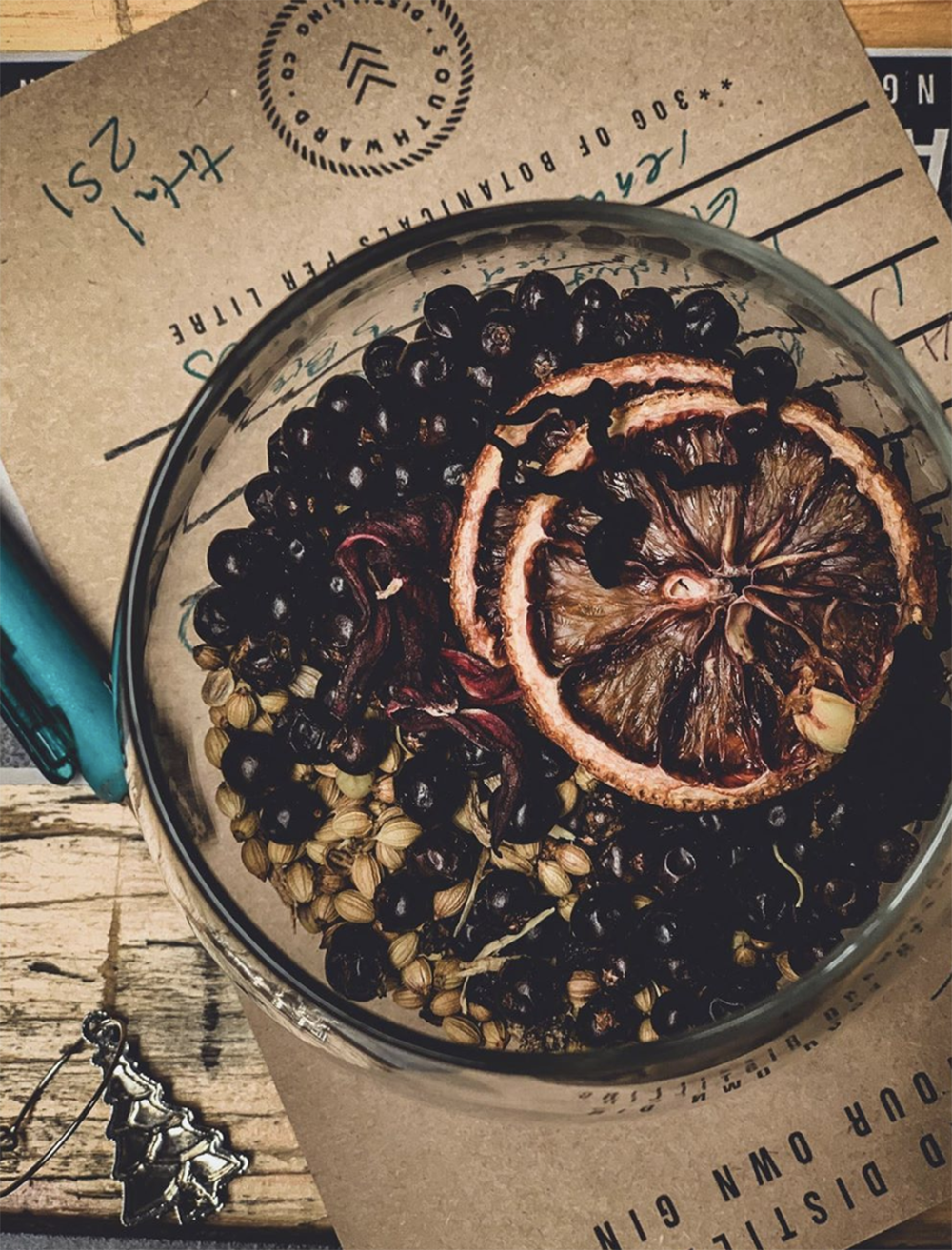
Gin was believed to be invented by a physician during the 17th century in Holland as a form of medicine. Since it contained several natural herbs and botanicals many believed it to possess certain medicinal powers, capable of treating gout, stomach disease, kidney failure and gallstones, among other afflictions. That’s right folks before gin became all fancy-like, it was intended to be a drug to cure gastrointestinal ailments.
How Does Gin Taste?
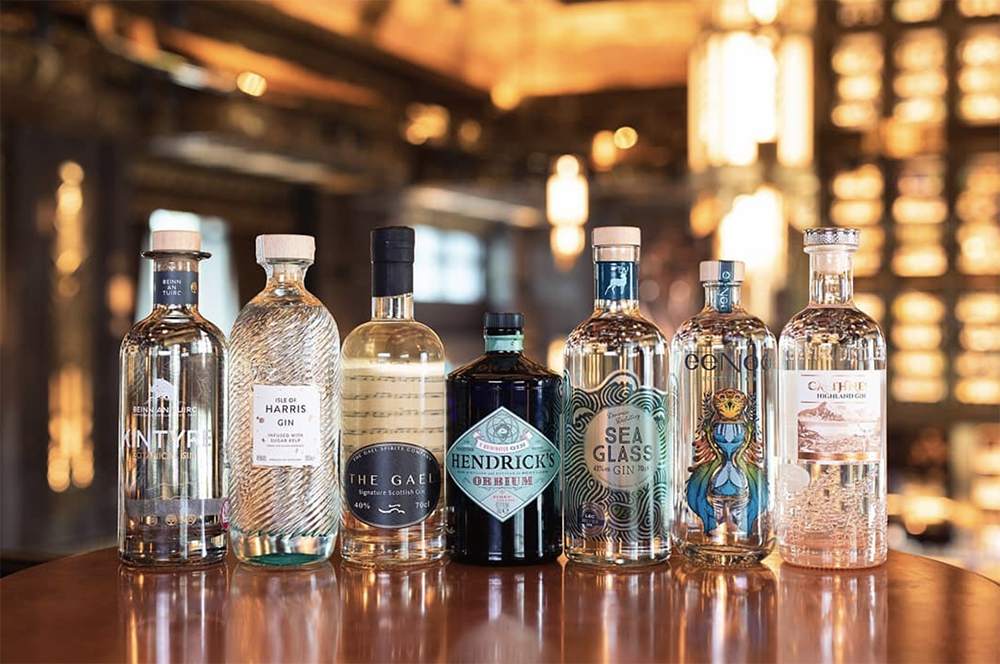
In its raw form, gin—being a spirit distilled from neutral grains— should taste like vodka. But what really transforms gin into gin is its predominant profile of juniper berries. Other aromatics that give gin its distinctive flavour include cumin seeds, coriander seeds, angelica root, orris root, citrus peels, cardamom pods, cassia bark, grains of paradise and cubeb berries.
Given that there is no strict recipe (save for juniper berries) to making gin, many makers are free to add different ratios of each ingredient. Some gins, as you’ll come to find, take on a brighter, citrusy profile while others, piney and complex.
Popular & Easy-To-Make Gin Cocktails
Gin & Tonic
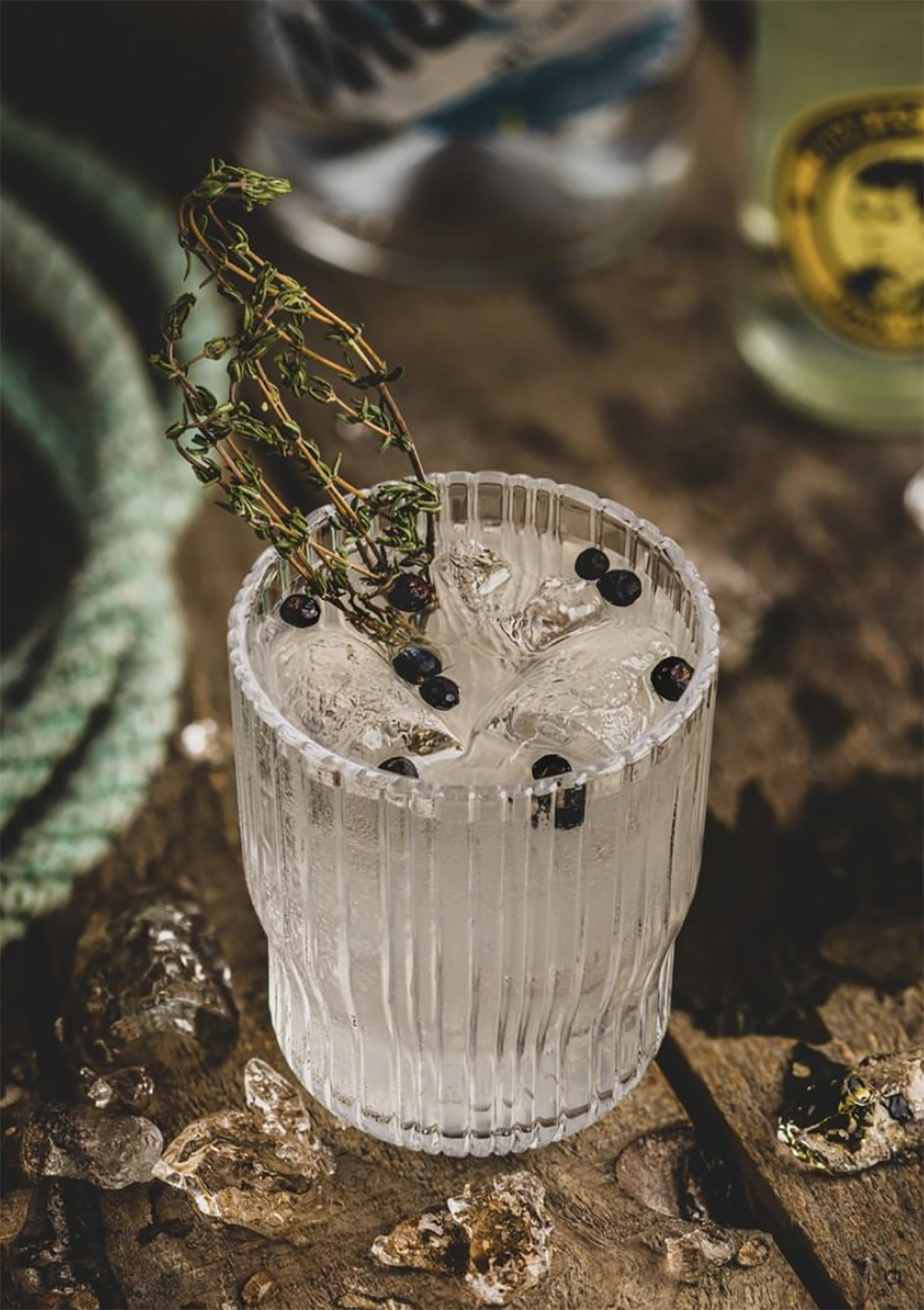
Classic and straightforward, the gin and tonic cocktail is fizzy and refreshing. It’s a simple mixed drink that requires only two ingredients —gin and tonic. An important thing to keep in mind: a G&T is only as good as both the gin and the tonic that go in it. The best ones are made with a quality gin, especially ones with a mild citrus flavour and depth when it comes to its blend of botanicals. As far as inexpensive labels go, you won’t go wrong with either a Tanqueray or a Beefeater. Tonic-wise, Schweppes rarely disappoints. It’s also worth mentioning many new brands of tonic water have sprung up over the years such as Fever Tree.
Negroni
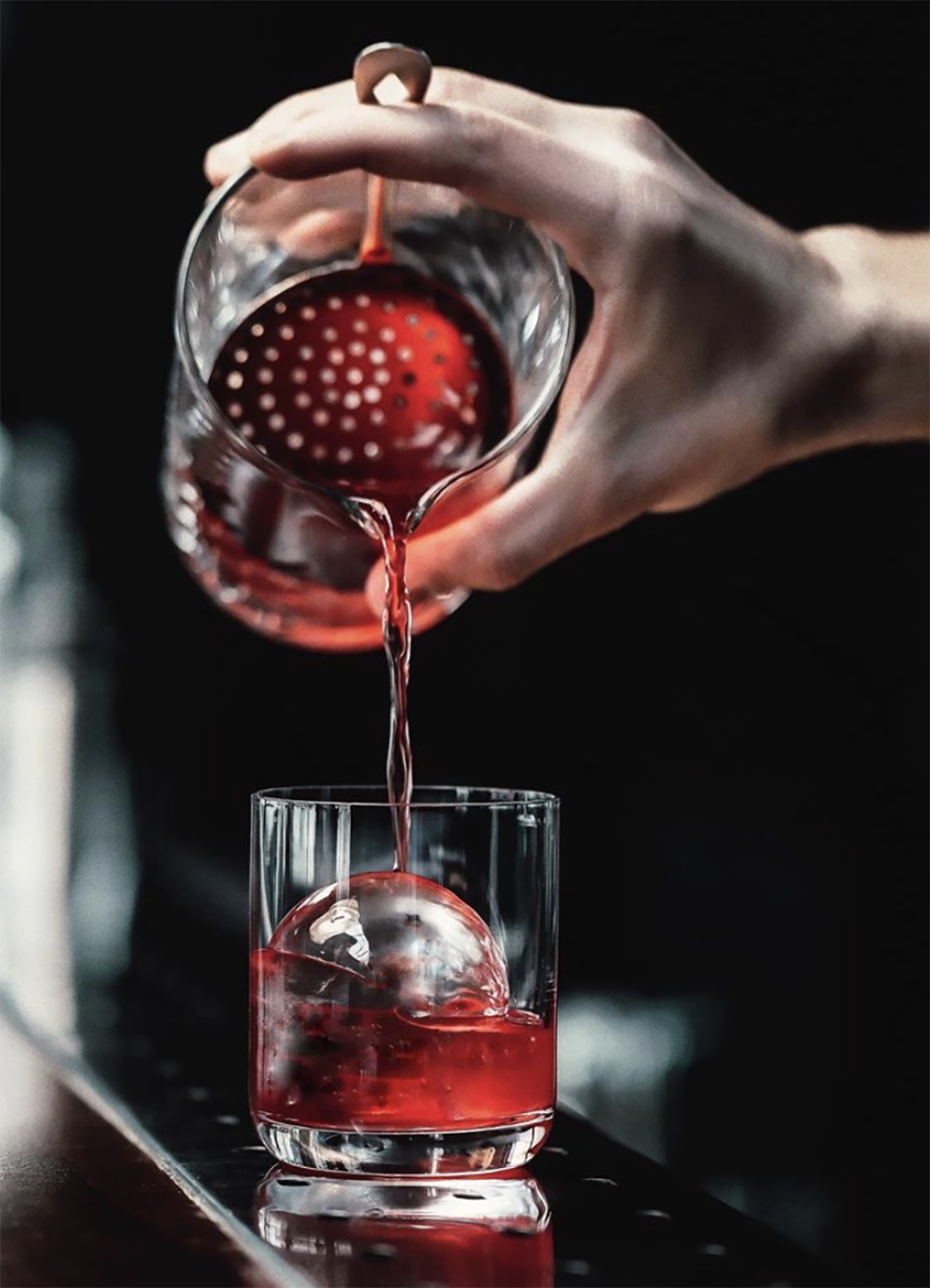
A popular Italian cocktail, the Negroni is, quite simply, one of the best aperitifs to have prior to a meal. It’s sweet with notes of cherry, wine and citrus, but with noticeable bitter notes yet refreshing on the palate. An easy cocktail to put together, it’s made with equal parts Campari, gin, and sweet vermouth. Admittedly, it’s not a cocktail that’s easy to love at first sip. But for the ones who do, they’d agree its the perfect gin cocktail.
Gimlet
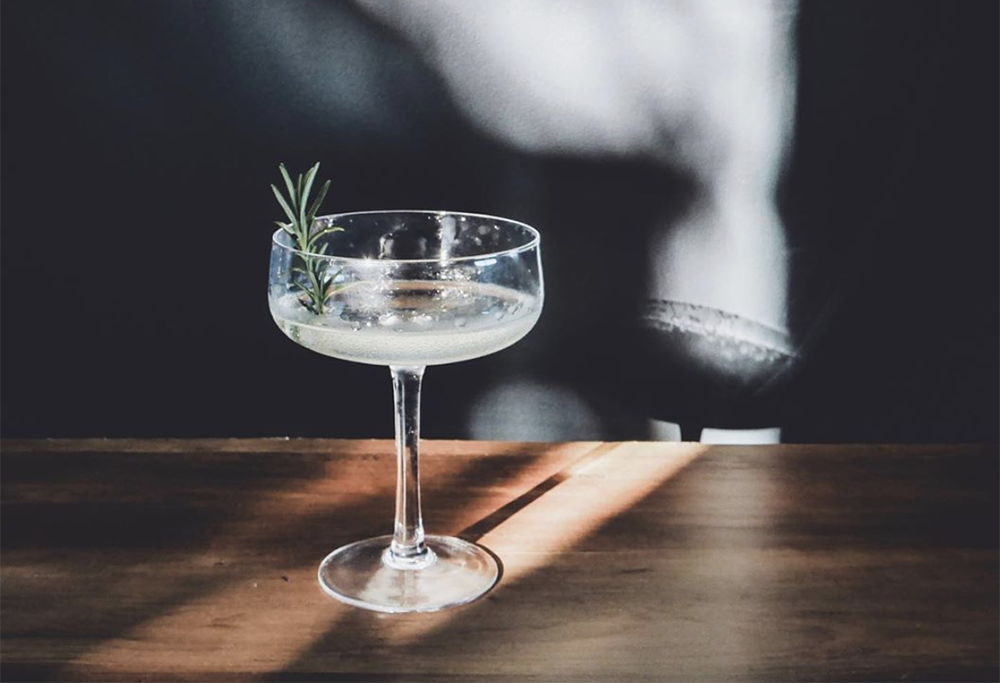
If you have cordial (preferably lime-flavoured) or spare limes, pair one part juice to two parts gin with a touch of sugar syrup. Then shake it like you mean it and you’d have made yourself a Gimlet!
Gin Bars in Singapore
Eager to discover all there is to discover about gin? The truth is that you can read all you want but the real knowledge is hidden behind every sip. Read our guide to gin-focused bars in Singapore here.



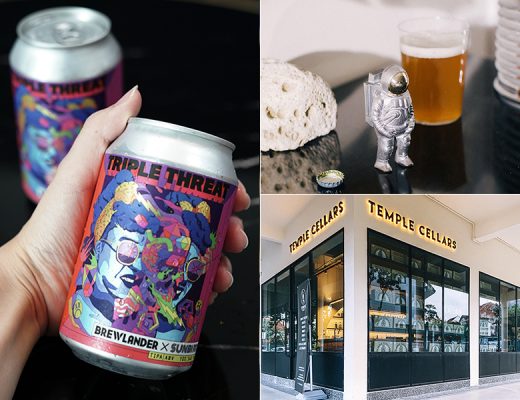
No Comments